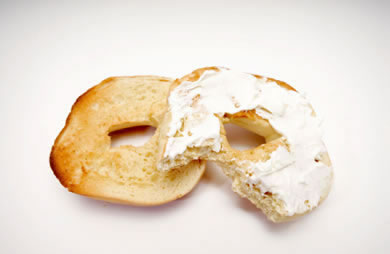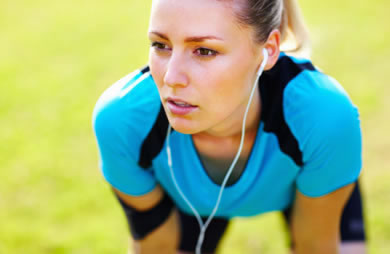.png)
"Flats are better than heels." "All sneakers are created equal." "NEVER wear flip-flops." "It’s better to go barefoot at home." We've all heard these misconceptions before. We're here to set the record straight and help you learn exactly what to look for in every type of shoe in your closet. Ballet Flats A common myth is that ballet flats are better for your feet than high heels and universally more comfortable. But the truth is, without proper arch support, flats can be just as harmful as heels. The most common injury that can occur from wearing thin flats is heel pain associated with plantar fasciitis. In fact, NYC-based podiatrist and Vionic Innovation Lab expert Dr. Jackie Sutera advises those suffering from plantar fasciitis to "avoid 'bad shoes,'" citing "thin ballerina flats" as one of the culprits.  Here's what to look for in flats: Here's what to look for in flats:· A biomechanically contoured footbed that hugs your arches. · A firm, yet flexible midsole that helps with balance and stability. · A deep heel cup for further stability and natural alignment from the ground up. · A roomy toe box that allows your toes to move around freely. Heels We all know the dangers of wearing high heels, but we just can't give them up! Dr. Sutera recently told Self.com just why heels are so bad: "The reason heels are bad is because when you are in any kind of shoe that has elevation or a heel, your weight gets shifted forward to the ball of the foot. Your knees and hips then have to push forward and your back has to hyperextend backwards to counterbalance. It misaligns the whole skeleton and that’s in a nutshell why it’s really bad for you." 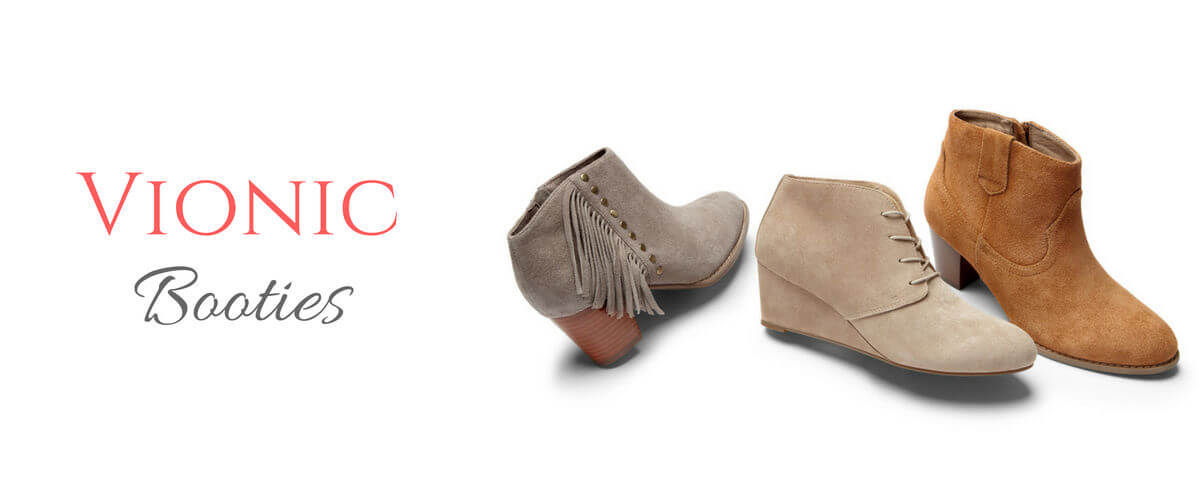 Here are some tips from Dr. Sutera on how to find a better heel: · Keep your heel height at two inches or lower. Above two inches is where the heel starts to get into unhealthy territory. · Stick with wedges and platforms that are better at distributing body weight across a greater surface area without sacrificing that extra height that we love about heels. · Look for heels with arch support that offer a deep heel cup and enhanced cushioning in the ball of the foot and toes. Sneakers Sneakers are often thought of as our "safe" shoes–always comfortable and "good for our feet." But even though slipping into a pair of cushiony sneakers after a long day on our feet can give us that "ahhh" feeling, there are a few things to look for in sneakers to make sure they are truly helping your feet: 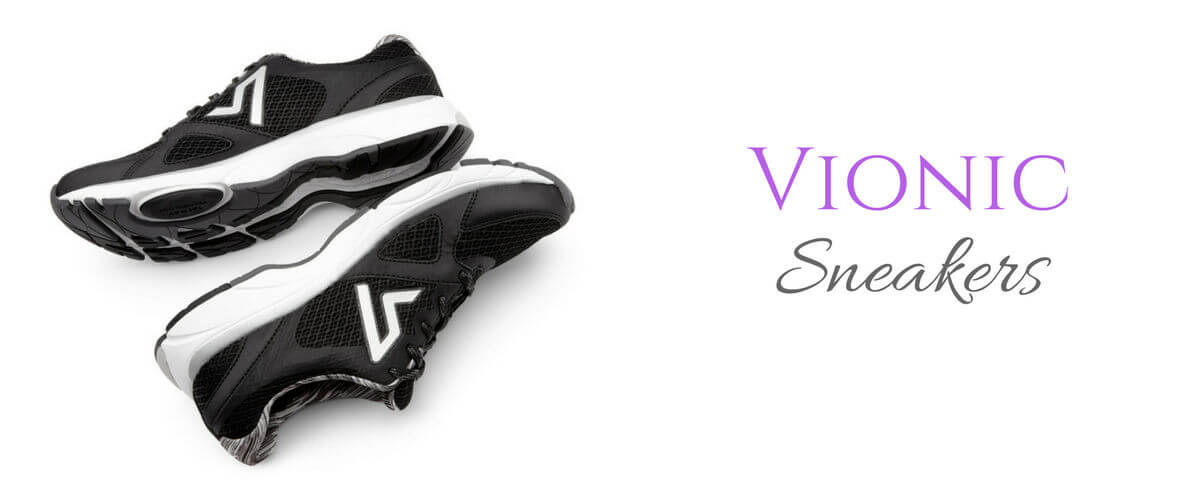 · A flexible, cushioned insole to help your feet move and flex naturally with each step. · Lightweight, breathable textile uppers that allow moisture to escape from the top of the foot. · A flexor zone under the first metatarsal which stabilizes the forefoot by allowing increased flexibility under the big toe joint. · Sneakers with orthotics that provide arch support and promote better foot posture. This is especially important for people who over-pronate when they walk or run. Slippers You may have been given advice to go barefoot as often as possible. But our feet were designed to walk on soft, natural elements like soil and sand, not the hard, flat man-made surfaces that make up so much of our modern world. When we stand on hard surfaces without proper support, our ankles can roll in (or pronate) and cause a ripple effect of misalignment from the feet to the ankles to the knees, hips and even lower back. It can even lead to plantar fasciitis and other foot issues. Make sure your feet are protected from your home's hardwood floors, tile and even carpet with slippers with arch support built in. .jpg) Here's what to look for in the best slippers: · A contoured arch for greater support under foot, especially if your home has hard floors. · A stabilizing heel cup that keeps your heel firmly in place, so you're less likely to walk out of your slipper, which can cause you to trip. · A firm, yet flexible midsole that allows you to take normal steps in your natural gait. To shop the best shoes for plantar fasciitis, visit vionicshoes.com. 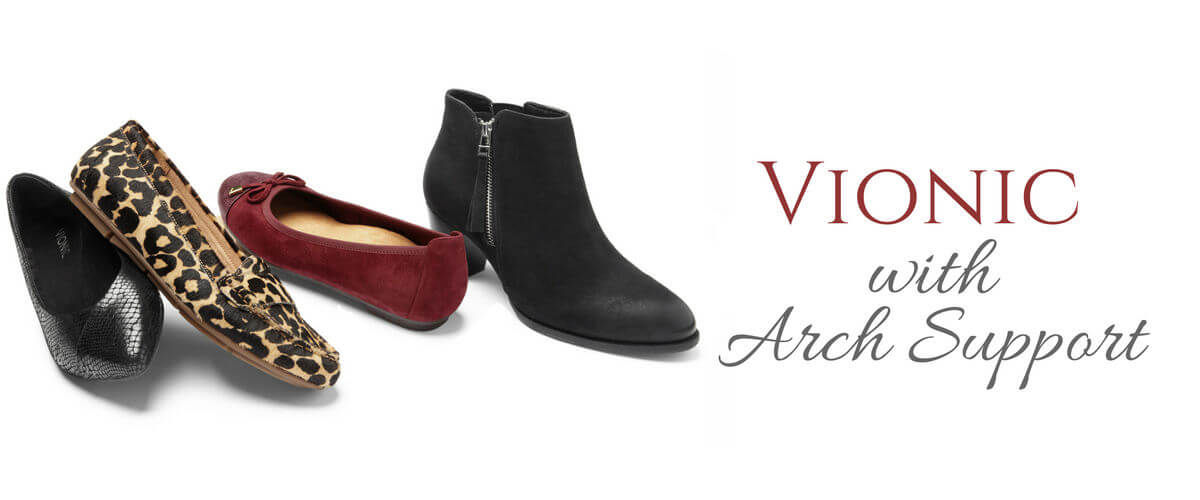 About Vionic Footwear Developed by Phillip Vasyli, renowned Australian podiatrist and founder of Orthaheel® Technology, all Vionic shoes help restore natural foot function and relieve heel pain, promoting a more active lifestyle. Vionic’s footwear and orthotic inserts are also endorsed by noted integrative medicine expert Dr. Andrew Weil. For additional information about Vionic, please visit VionicShoes.com. *Based on a peer-reviewed clinical study partially funded by Vionic on people experiencing moderate, non-traumatic heel pain. |
Popular Entries
|










.jpg)

